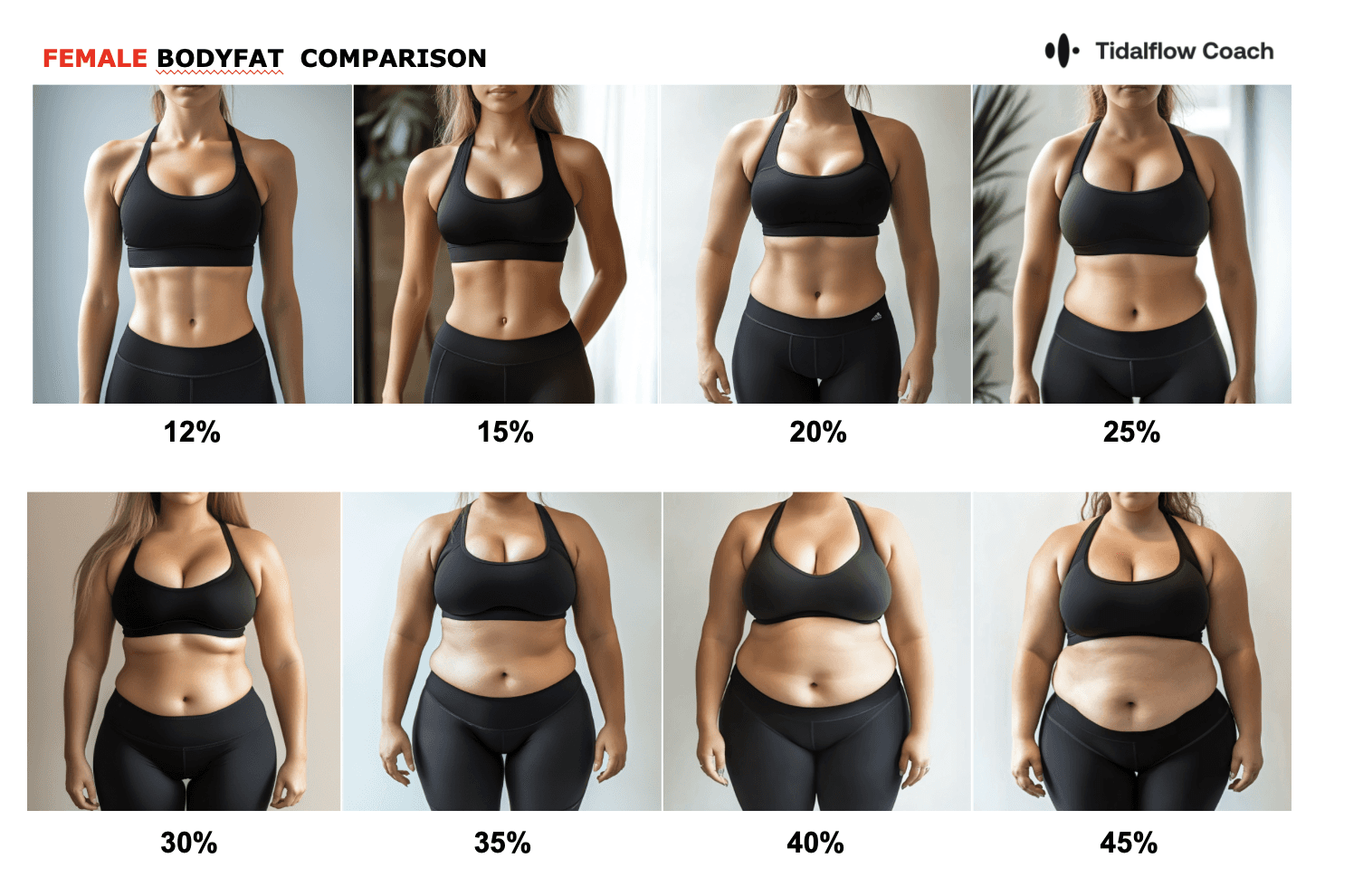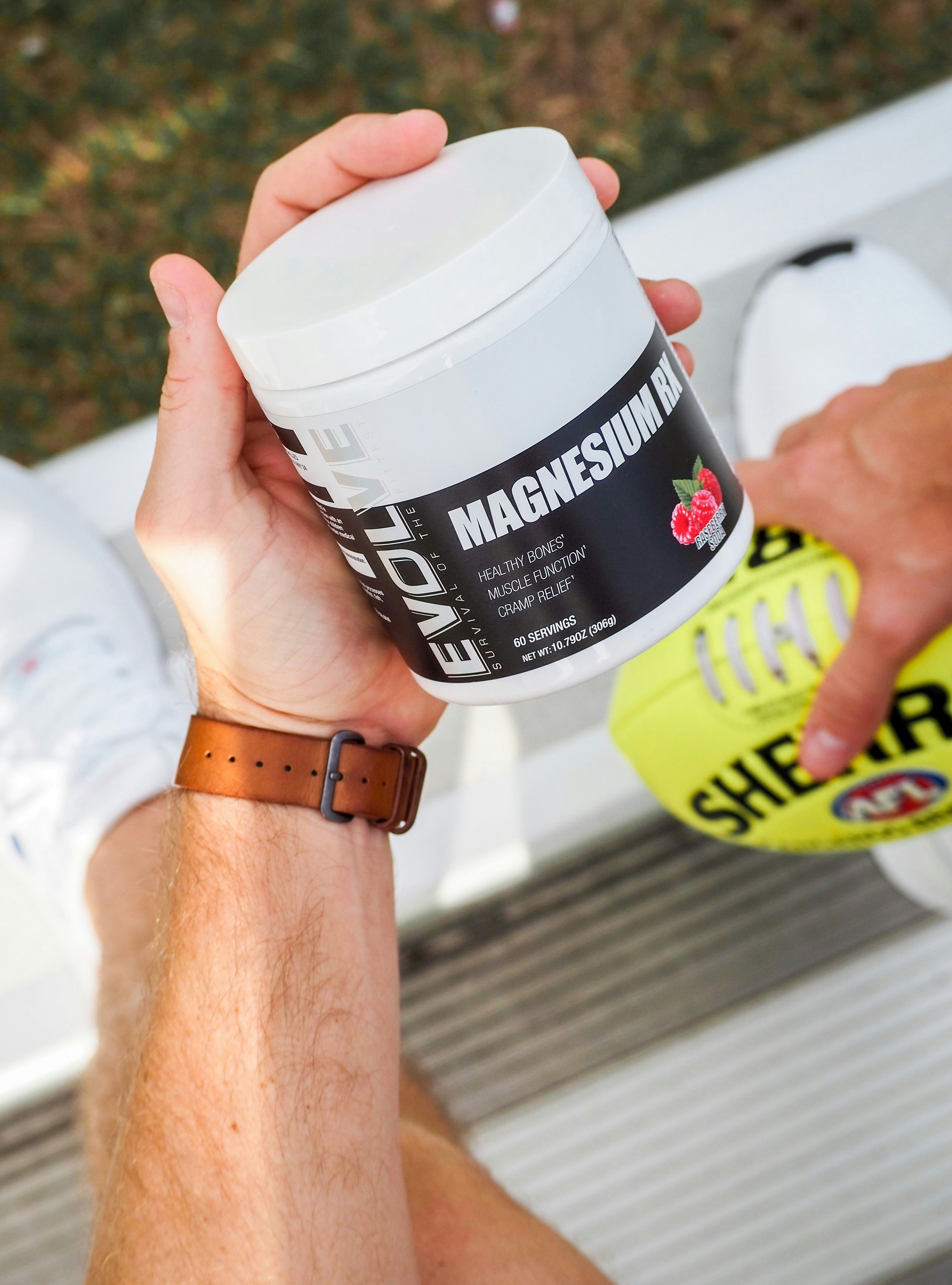Zone 3 Cardiorespiratory Intensity: 71-80% of Max Heart Rate
Aug 13, 2024
Whether you're a fitness enthusiast, a professional athlete, or someone just starting their journey to better health, understanding heart rate zones is crucial for optimizing your workouts. One of the most common questions in this realm is: What percentage of maximum heart rate is represented in Zone 3 cardiorespiratory intensity? This comprehensive guide will not only answer this question but also provide you with in-depth knowledge about heart rate training and how to leverage it for your fitness goals.
Quick Answer
Zone 3 cardiorespiratory intensity represents 71 to 80 percent of an individual's maximum heart rate.
Now, let's delve deeper into what this means for your fitness journey and how you can use this information to transform your workouts.
Understanding Maximum Heart Rate (MHR)
Before we dive into the specifics of Zone 3, it's essential to understand what Maximum Heart Rate (MHR) means:
Definition: MHR is the highest number of times your heart can beat in one minute during maximum physical exertion.
Calculation: The most common estimation formula is 220 minus your age.
Example: If you're 30 years old, your estimated MHR would be 220 - 30 = 190 beats per minute (bpm)
It's important to note that this is an estimate, and individual variations can occur. For a more accurate MHR, consider consulting with a healthcare professional or undergoing a supervised stress test.
Breaking Down Heart Rate Zones
Heart rate zones are typically divided into five levels, each representing a percentage range of your MHR. Here's a quick overview:
Zone 1: 50-60% of MHR (Very Light Intensity)
Zone 2: 60-70% of MHR (Light Intensity)
Zone 3: 71-80% of MHR (Moderate Intensity)
Zone 4: 81-90% of MHR (Hard Intensity)
Zone 5: 91-100% of MHR (Maximum Intensity)
Zone 3 Cardiorespiratory Intensity Explained
Now that we've established that Zone 3 represents 71 to 80 percent of your maximum heart rate, let's explore why this zone is particularly important:
Aerobic Efficiency: Zone 3 is often called the "aerobic zone" because it significantly improves your body's ability to transport and use oxygen.
Fat Burning: While you burn fat in all zones, Zone 3 is particularly effective for fat oxidation.
Endurance Building: This zone helps increase your endurance and stamina, making it easier to sustain longer workouts.
Lactate Threshold Improvement: Training in Zone 3 can help raise your lactate threshold, allowing you to work harder for longer before fatigue sets in.
Calculating Your Personal Zone 3 Range
To find your Zone 3 heart rate range:
Calculate your MHR: 220 - your age
Find the lower limit: MHR × 0.71
Find the upper limit: MHR × 0.80
Example: For a 30-year-old individual:
MHR = 220 - 30 = 190 bpm
Zone 3 lower limit = 190 × 0.71 = 135 bpm
Zone 3 upper limit = 190 × 0.80 = 152 bpm
Therefore, this person's Zone 3 range would be 135-152 bpm.
Benefits of Training in Zone 3
Training in Zone 3 offers numerous benefits:
Efficient Fat Burning: This zone optimizes the body's ability to use fat as fuel, making it excellent for weight management. If weight loss is your goal, check out our AI-powered weight loss coach for personalized guidance.
Improved Lactate Threshold: Regular Zone 3 training helps delay the onset of fatigue during prolonged exercise.
Enhanced Aerobic Capacity: Increases the body's ability to utilize oxygen effectively, improving overall cardiovascular fitness.
Cardiovascular Health: Strengthens the heart and improves overall heart function, reducing the risk of cardiovascular diseases.
Increased Endurance: Helps you maintain higher intensities for longer periods, beneficial for both everyday activities and athletic performance.
Balanced Workout Intensity: Provides a challenging workout without the high stress of more intense zones, allowing for more frequent training sessions.
Incorporating Zone 3 Training into Your Routine
To effectively train in Zone 3:
Tempo Runs: Maintain a "comfortably hard" pace for 20-40 minutes.
Cycling Intervals: Alternate between Zone 2 and Zone 3 intensities.
Swimming Sets: Perform longer sets at a challenging but sustainable pace.
Resistance Training: Incorporate compound movements like squats and rows with shorter rest periods to elevate and maintain heart rate in Zone 3.
Remember, while Zone 3 training is beneficial, a well-rounded fitness program should include a mix of different intensity zones. Our AI-powered personal trainer can help you create a balanced workout plan tailored to your specific needs and goals.
Monitoring Your Heart Rate in Zone 3
To ensure you're training in Zone 3:
Heart Rate Monitors: Use chest straps or optical wrist sensors for real-time data.
Fitness Watches: Many smartwatches offer heart rate tracking features.
Smartphone Apps: When paired with a heart rate sensor, these can track and analyze your zones.
Perceived Exertion: If you don't have access to technology, use the "talk test". In Zone 3, you should be able to speak in short sentences but not carry on a full conversation.
Common Questions About Zone 3 Training
Q: How long should I train in Zone 3? A: Typically, 20-40 minutes per session is effective for most individuals. However, this can vary based on your fitness level and goals.
Q: How often should I do Zone 3 workouts? A: 2-3 times per week is generally sufficient for most fitness goals. Always allow for adequate recovery between sessions.
Q: Can beginners train in Zone 3? A: While beginners can incorporate Zone 3 training, it's important to build a base fitness level first. Start with shorter durations and gradually increase as your fitness improves. Our beginner's guide to fitness can help you get started safely.
Q: How does Zone 3 training compare to HIIT? A: Zone 3 is more moderate and sustainable than High-Intensity Interval Training (HIIT). While HIIT involves short bursts at near-maximum effort, Zone 3 allows for longer, steady-state workouts. Both have their place in a well-rounded fitness program.
Q: Can Zone 3 training help with weight loss? A: Yes, Zone 3 training can be very effective for weight loss due to its fat-burning efficiency. However, remember that nutrition plays a crucial role in weight loss as well.
The Role of Technology in Zone 3 Training
Modern technology has made it easier than ever to track and optimize your Zone 3 training:
AI-Powered Fitness Apps: Apps like Tidalflow use artificial intelligence to analyze your heart rate data and provide personalized workout recommendations.
Smart Fitness Equipment: Many treadmills, stationary bikes, and rowing machines now come with built-in heart rate monitors and Zone 3 training programs.
Wearable ECG Monitors: These provide highly accurate heart rate data, allowing for precise Zone 3 training.
Adapting Zone 3 Training to Different Fitness Levels
It's important to remember that Zone 3 training should be adapted based on your current fitness level:
Beginners: Start with shorter durations (10-15 minutes) and gradually increase as your fitness improves.
Intermediate: Aim for 20-30 minute sessions, focusing on maintaining steady effort throughout.
Advanced: Incorporate longer Zone 3 sessions (30-60 minutes) or combine with other intensity zones for more challenging workouts.
Our AI form correction tool can help ensure you're maintaining proper technique as you progress in your Zone 3 training.
The Future of Zone 3 Training
As our understanding of exercise physiology advances, so does our approach to Zone 3 training:
Personalized Zone Calculations: Future technologies may offer more accurate, individualized ways to calculate heart rate zones based on factors beyond age.
Real-Time Adaptation: AI-powered devices may soon be able to adjust your workout in real-time based on your heart rate response and other physiological markers.
Integration with Other Health Data: Zone 3 training data may be combined with sleep, nutrition, and stress information for a more holistic approach to fitness.
Learn more about the future of fitness and AI-powered training on our blog.
Conclusion: Mastering Zone 3 for Optimal Fitness
Understanding that Zone 3 cardiorespiratory intensity represents 71 to 80 percent of your maximum heart rate is just the beginning. By incorporating Zone 3 training into your fitness routine, you can enhance your endurance, improve your cardiovascular health, and push your fitness to new levels.
Remember, while heart rate zones are a valuable tool, it's essential to listen to your body and adjust your training as needed. If you're new to heart rate training or have any health concerns, always consult with a healthcare provider before starting a new exercise program.
Are you ready to take your cardio training to the next level? Start incorporating Zone 3 workouts into your routine and experience the benefits of this powerful training zone! For personalized guidance and AI-powered workout plans tailored to your specific needs and goals, check out Tidalflow – your AI-powered personal trainer.
By understanding and effectively utilizing Zone 3 cardiorespiratory intensity, you're not just improving your fitness; you're investing in your long-term health and well-being. Start your Zone 3 journey today and unlock your full potential!
You should not have to do it all on your own













